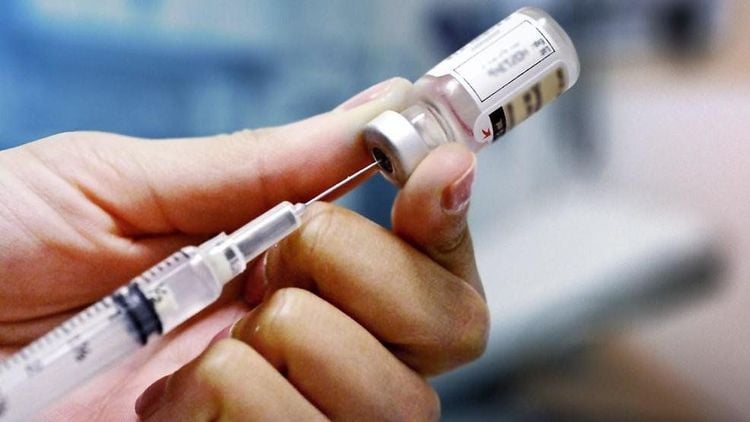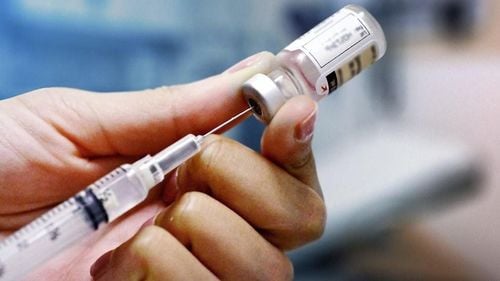This is an automatically translated article.
Prophylactic antibiotics are used before an infection occurs to prevent it. Therefore, the aim when using prophylactic antibiotics is to limit the frequency of infection at the surgical site, not to prevent infection of the whole body or organs far from the surgical site.
1. Time to use prophylactic antibiotics
In surgery is divided into 4 types as follows:
Clean surgery Clean - infected surgery Contaminated surgery Dirty surgery Prophylactic antibiotics are indicated in 2 cases: clean surgery and clean surgery - infection. For the remaining 2 cases, prophylactic antibiotics act as treatment drugs.

Sử dung kháng sinh dự phòng nhiễm khuẩn trong phẫu thuật
2. Prophylactic antibiotics are selected according to what criteria?
Antibiotics have a spectrum of action suitable for the main strains of bacteria that often cause infections at the surgical site as well as drug resistance that occurs in the locality as well as the conditions of each hospital. Antibiotics have little or no harmful reactions to the body, the toxicity of the drug is as low as possible to ensure the safest for users. Antibiotics have no effect on drugs used for anesthesia (eg polymyxins, aminosides). Prophylactic antibiotics used are less likely to select for antibiotic-resistant bacteria. The level of diffusion of antibiotics in the cell tissue must reach the condition that the drug concentration is higher than the minimum antibacterial concentration of the infecting bacteria. The cost of prophylactic antibiotics should be less than the cost of therapeutic antibiotics.
3. Ways to use prophylactic antibiotics
The purpose when using prophylactic antibiotics is to limit the frequency of infection at the surgical site, so the use of prophylactic antibiotics should be strictly according to the indications:
Intravenous: Most choose this method. due to the rapid attainment of drug concentrations in cells and blood. Intramuscular injection: Unstable, limited use because the absorption rate of the drug is not guaranteed. Oral: Use only when performing rectal or colonic surgery Local use: The effectiveness of this method depends on the type of surgery.

Kháng sinh dùng đường uống
4. Time to use prophylactic antibiotics
Should use prophylactic antibiotics about 60 minutes before surgery and close to the time of skin incision. In case of caesarean section, prophylactic antibiotics should be used before skin incision or after clamping the umbilical cord.
In case the patient is in the period of taking antibiotics, it is necessary to adjust the time to bring antibiotics as close to the time of surgery as possible.
Circumstances requiring additional dose during surgery:
1 additional dose required if cardiac surgery lasts more than 4 hours Add prophylactic antibiotics after fluid replacement if adult blood loss is more than 1500mL and over 25mL/kg in children. If prophylactic antibiotics have a short half-life, it should be added if the operative time is longer than 2 times the T1⁄2 of the drug.
5. Prophylactic antibiotic dosage used in surgery
Classification of incisions and the risk of surgical site infectionUse prophylactic antibiotics properly according to the prophylactic antibiotic regimen set by the Ministry of Health to prevent the risk of infection when performing surgery, helping to protect the patient's health optimally. best.
To register for examination and treatment at Vinmec International General Hospital, you can contact Vinmec Health System nationwide, or register online HERE













